I am now working out 4 days a week and after every workout my muscles feel bloated and sometimes sore, I didn't know, at first, how to fix this problem and then I found out about red light therapy and that helped me.
Why I Started Looking Into Red Light Therapy
Let me be real with you – I wasn't initially sold on the idea. Like many people, I thought it sounded too good to be true. How could shining some red lights on my muscles actually help me recover faster? But after hitting a wall with my training progress and feeling chronically fatigued, I was willing to try anything that had legitimate science behind it.
The turning point came when I realized that my recovery wasn't just about getting enough sleep and eating protein. There was something deeper happening at the cellular level that I wasn't addressing, and traditional recovery methods weren't cutting it anymore.
Real Science That Makes Sense
Here's what I've learned about the principles of red light therapy:
Your muscle cells contain miniature “power plants” called mitochondria - think of them as the engines of energy that your muscles use for all their activities. When you exercise vigorously, these “engines” are stressed and become less efficient. This is partly why you feel fatigued and sore after intense training.
Red light therapy uses a specific wavelength of light (usually between 660-850 nanometers) that mitochondria can absorb. With such a range of light waves, it will help you repair your cells. There are professional organizations that do recovery treatments for athletes, and studies have shown that red light therapy can quickly relieve muscle discomfort after exercise.
My personal experience
I didn't feel much change in the first few days, but after a few days of consistent use, I noticed great results, especially after my first day of exercise, when I used the red light treatment on the same day,, the next day, I didn't feel, at all, fatigue from yesterday's workout, which made me very happy.
The most dramatic change occurred during the fourth week, when I decided to push my limits. On Tuesday I had a particularly intense hard pulling session, and by Thursday I felt ready to train my legs again - something that was previously unthinkable.
How Red Light Therapy Actually Accelerates Recovery
Based on my research and experience, here's what's happening when you use red light therapy for recovery:
Cellular Energy Boost: Red light therapy has a significant effect on ATP production by enhancing mitochondrial function, which is critical for cellular energy. This means your muscle cells have more energy available for repair processes.
Inflammation Reduction: Instead of just masking inflammation like some recovery methods, red light therapy actually helps resolve it more efficiently. RLT stimulates faster healing by increasing blood flow and decreasing inflammation. I noticed this particularly in my joints – less stiffness and better range of motion.
Enhanced Protein Synthesis: This is crucial for anyone trying to build or maintain muscle. Red light therapy accelerates the repair of muscle fibers damaged during exercise and enhances protein synthesis, crucial for muscle growth and recovery.
Faster Tissue Repair: Red and NIR light therapy accelerate the healing process by promoting faster cell regeneration. This isn't just about feeling better – it's about actually repairing faster at the molecular level.
The Right Way to Use Red Light Therapy for Exercise Recovery
After experimenting with different protocols and researching what works best, here's what I've found to be most effective:
Timing Matters: I get the best results using red light therapy within 2-4 hours after my workout. Some people swear by pre-workout sessions, and both pre-conditioning (light delivered to muscles before exercise) and PBM applied after exercise can increase sports performance, but post-workout has been more beneficial for my recovery goals.
Target the Right Areas: I focus on the muscle groups I've worked that day, plus any chronically tight or problematic areas. For a full-body strength session, I'll do 15 minutes on my back and legs, then flip over for another 10-15 minutes on my chest and arms.
Distance and Duration: I keep my device about 6-12 inches from my skin and aim for 15-20 minutes per area. Closer isn't necessarily better – you want the light to penetrate effectively without overheating the surface.
Consistency is Key: This isn't a one-and-done solution. I use it 4-5 times per week, always after my harder training sessions. The effects are cumulative, and I've noticed the benefits compound over time.
What to Expect: My Timeline of Results
Week 1-2: Subtle changes. You might sleep slightly better and wake up feeling less "heavy."
Week 3-4: More noticeable reduction in delayed onset muscle soreness (DOMS). You'll probably find yourself less dreading your next workout.
Week 5-8: This is where it gets interesting. Your training capacity might increase because you're recovering more completely between sessions. I found I could handle higher training volumes without feeling chronically fatigued.
Month 3 and beyond: The real game-changer. Your baseline energy levels improve, and your body starts adapting to training stress more efficiently. This is when I knew this wasn't just placebo effect.
Different Sports, Different Benefits
Through talking with other athletes using red light therapy, I've noticed the benefits show up differently depending on your sport:
Strength Training: Faster recovery between heavy sessions, less joint stiffness, better ability to maintain intensity across training blocks.
Endurance Sports: Improved recovery from high-volume weeks, less persistent fatigue, better adaptation to training stress. This is particularly beneficial for strength athletes and endurance runners who put significant strain on their muscles during training.
Team Sports: Quicker bounce-back from games, less residual soreness from contact, better maintenance of explosiveness throughout the season.
Combat Sports: Faster healing of minor bumps and bruises, reduced inflammation from repetitive impact, better recovery between intense training camps.
The Mistakes I Made (So You Don't Have To)
Starting Too Aggressively: I initially thought more was better and used it for 45 minutes daily. This led to some skin irritation and didn't provide better results than shorter, more targeted sessions.
Inconsistent Use: I went through a phase where I only used it when I felt really sore. The benefits are much more pronounced with consistent use rather than reactive use.
Wrong Expectations: I expected immediate, dramatic results. The real benefits build over time and are often more subtle than you'd expect initially.
Ignoring Other Recovery Factors: Red light therapy isn't magic. It works best when combined with proper sleep, nutrition, and stress management. Don't use it as an excuse to neglect other recovery fundamentals.
The Investment Reality Check
Let's talk money because good red light therapy devices aren't cheap. I spent around $1099 on my first panel, and honestly, I was skeptical about the investment. But when I calculated what I was spending on massage, cryotherapy sessions, and various recovery supplements, the device paid for itself in about four months.
More importantly, the time savings have been significant. Instead of driving to and from recovery appointments, I can use my device at home while catching up on emails or watching TV.
What the Research Actually Shows
While my personal experience has been overwhelmingly positive, I want to be clear about what the science supports and what it doesn't:
Well-Supported Benefits:
- Reduced muscle soreness and faster recovery
- Increased ATP production and cellular energy
- Reduced inflammation markers
- Enhanced muscle repair processes
Areas Needing More Research:
- Optimal dosing protocols for different individuals
- Long-term effects of regular use
- Comparative effectiveness against other recovery modalities
A review of 46 studies investigating red light therapy found it can improve recovery from exercise by decreasing inflammation and oxidative stress in muscles while simultaneously increasing muscle mass gained after training.
My Current Protocol
After months of experimentation, here's what I do now:
Post-Workout (4-5 times per week):
- 15 minutes on primary muscle groups worked
- 10 minutes on any problem areas
- 6-8 inches from skin
- Done within 2-4 hours after training
Active Recovery Days:
- 10-15 minutes on chronically tight areas
- Focus on areas that tend to accumulate tension
High-Stress Periods:
Daily 20-minute sessions during competition prep or high-volume training blocks
Extra attention to areas showing signs of overuse
Beyond Muscle Recovery: The Unexpected Benefits
While I started using red light therapy specifically for exercise recovery, I've noticed some additional benefits:
Better Sleep Quality: This might be related to reduced inflammation and better recovery, or there might be direct effects on sleep regulation. Either way, I'm sleeping more soundly.
Improved Mood: This could be correlation rather than causation, but feeling less beaten up from training definitely improves my overall mood and motivation.
Skin Health: An unexpected bonus – areas I regularly treat seem to have better skin quality, likely due to increased circulation and cellular repair.
Is Red Light Therapy Right for You?
Based on my experience and research, red light therapy seems most beneficial for:
- Athletes training more than 4 times per week
- People struggling with slow recovery or chronic soreness
- Anyone dealing with persistent inflammation from training
- Athletes looking to increase training volume without overreaching
It might not be as crucial if:
- You're already recovering well from your current training load
- You're just starting an exercise program (focus on fundamentals first)
- You have limited training stress (2-3 easy workouts per week)
To summarize
I would like to make it clear that red light therapy is not for everyone and you can't think of seeing results overnight, but you can feel the changes in your body in a short period of time, if you use it consistently.

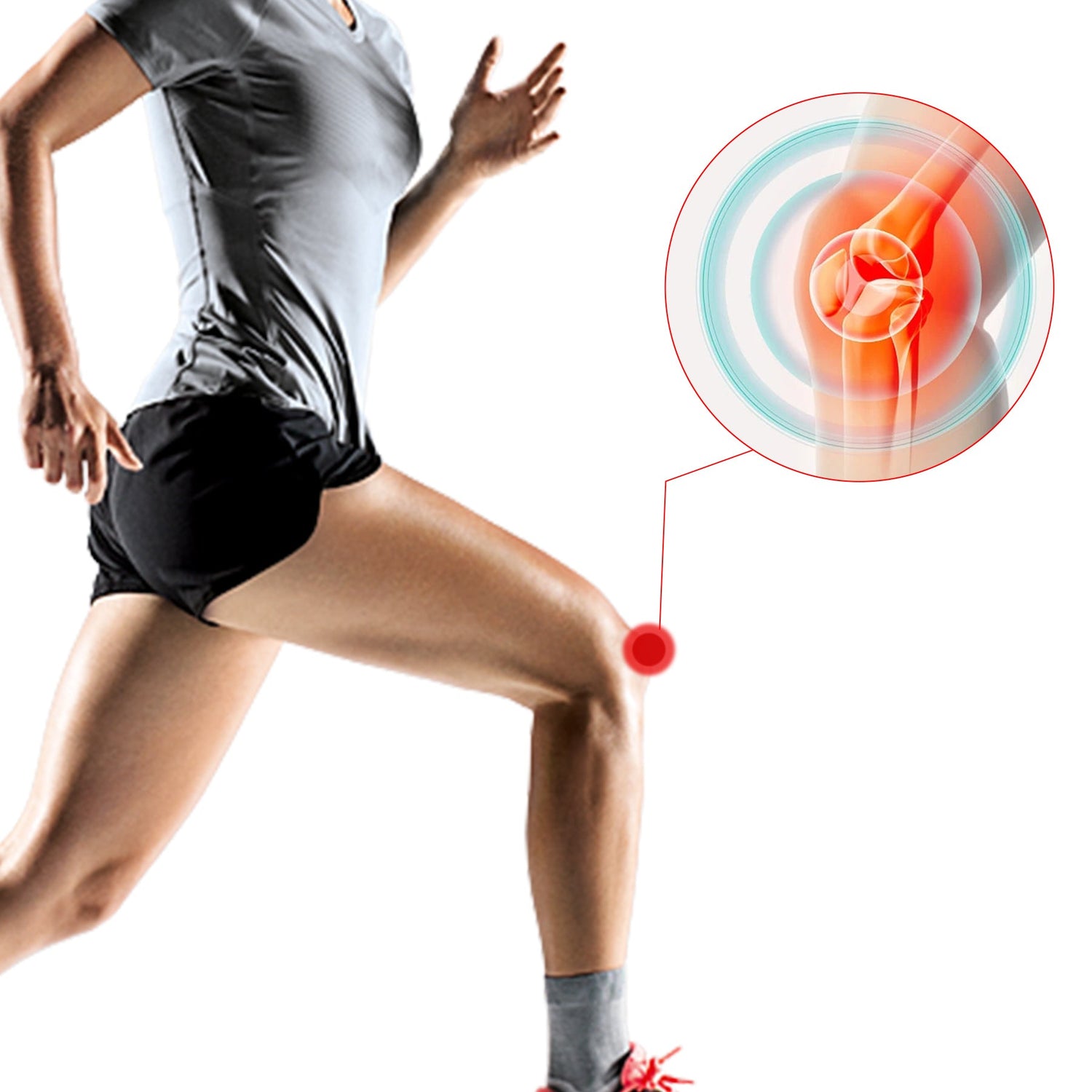
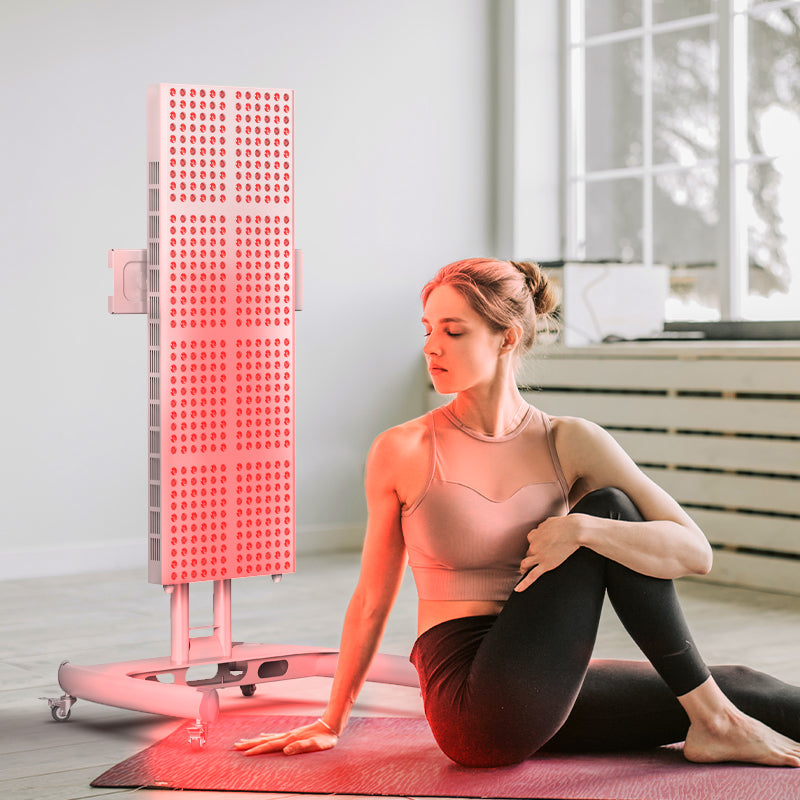
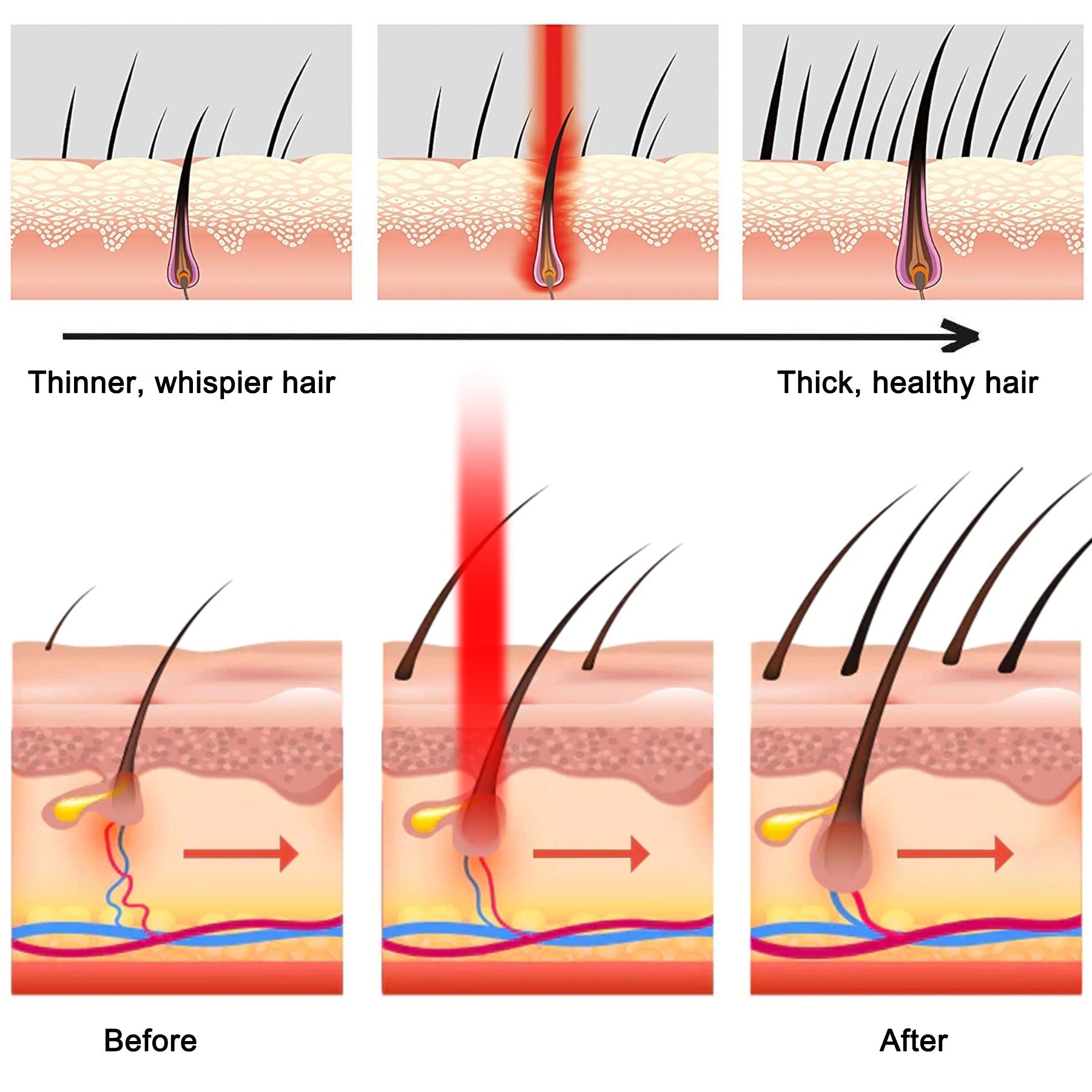
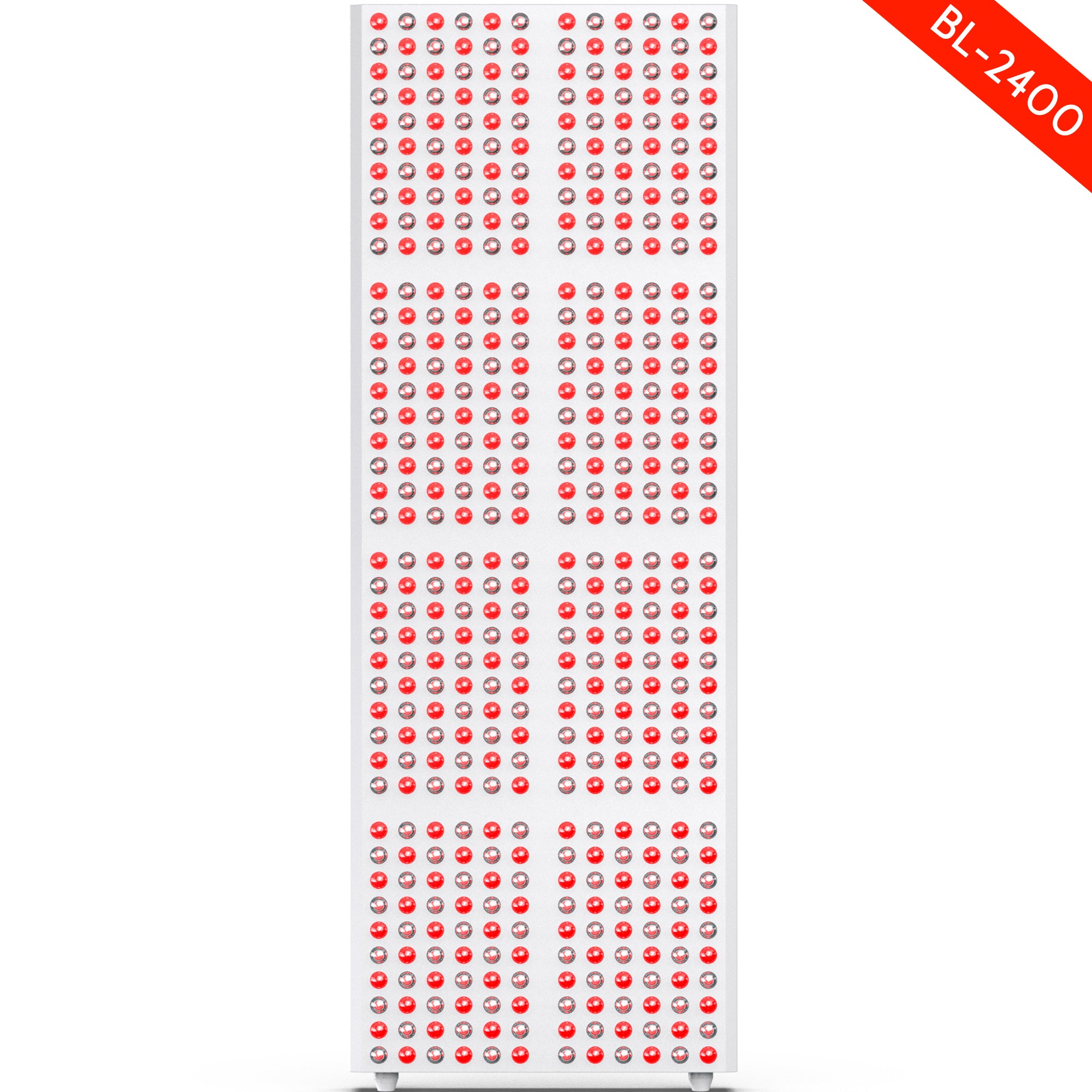
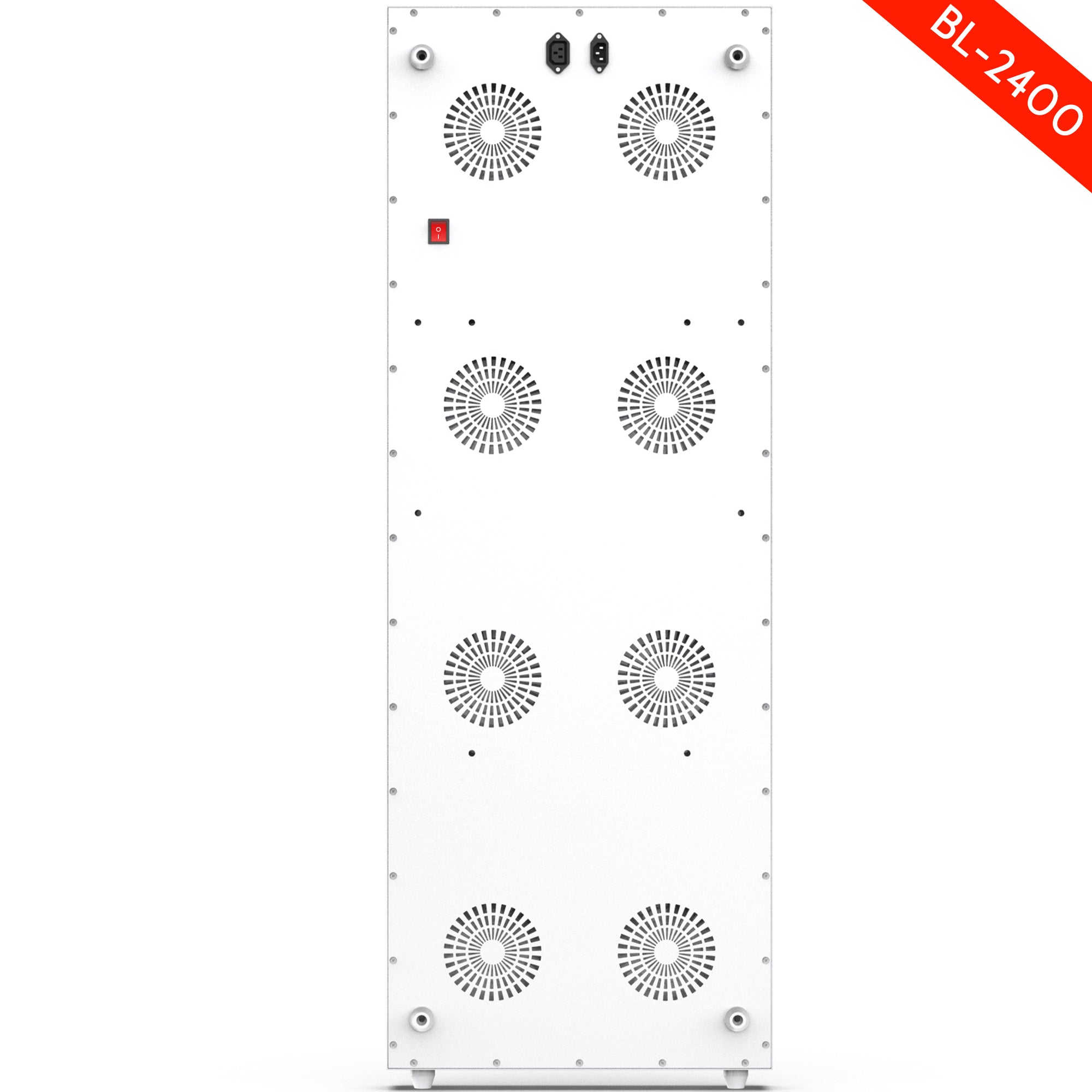
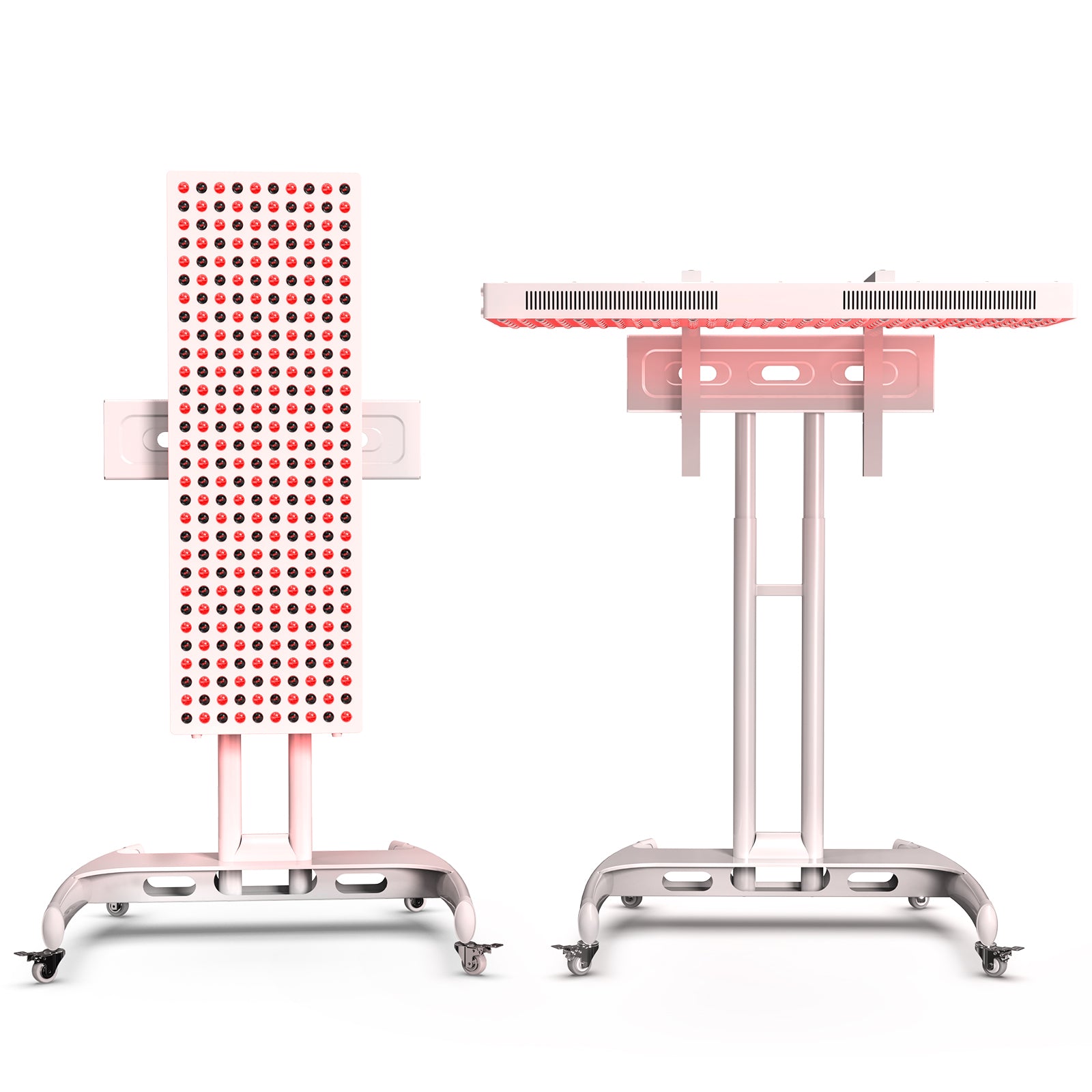
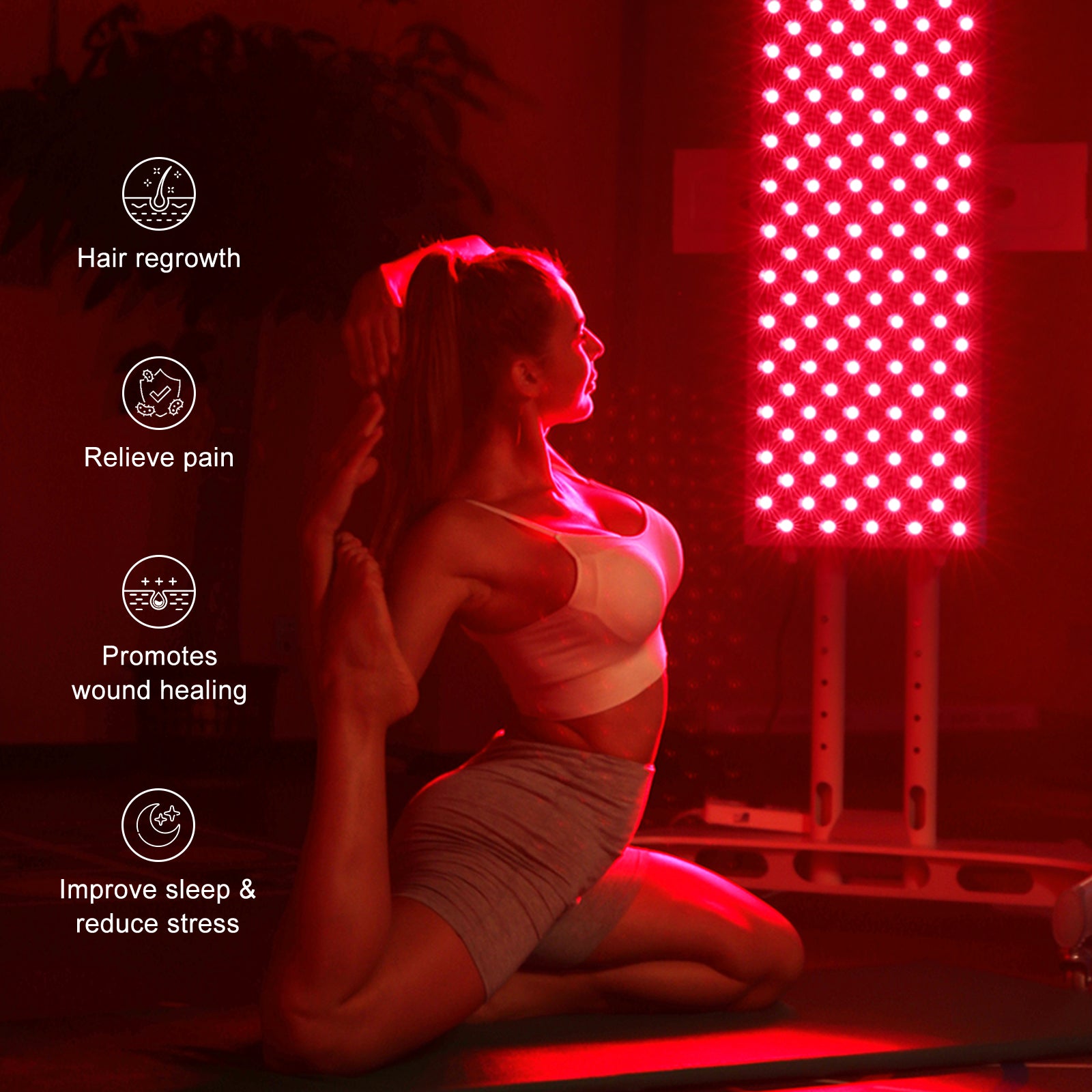
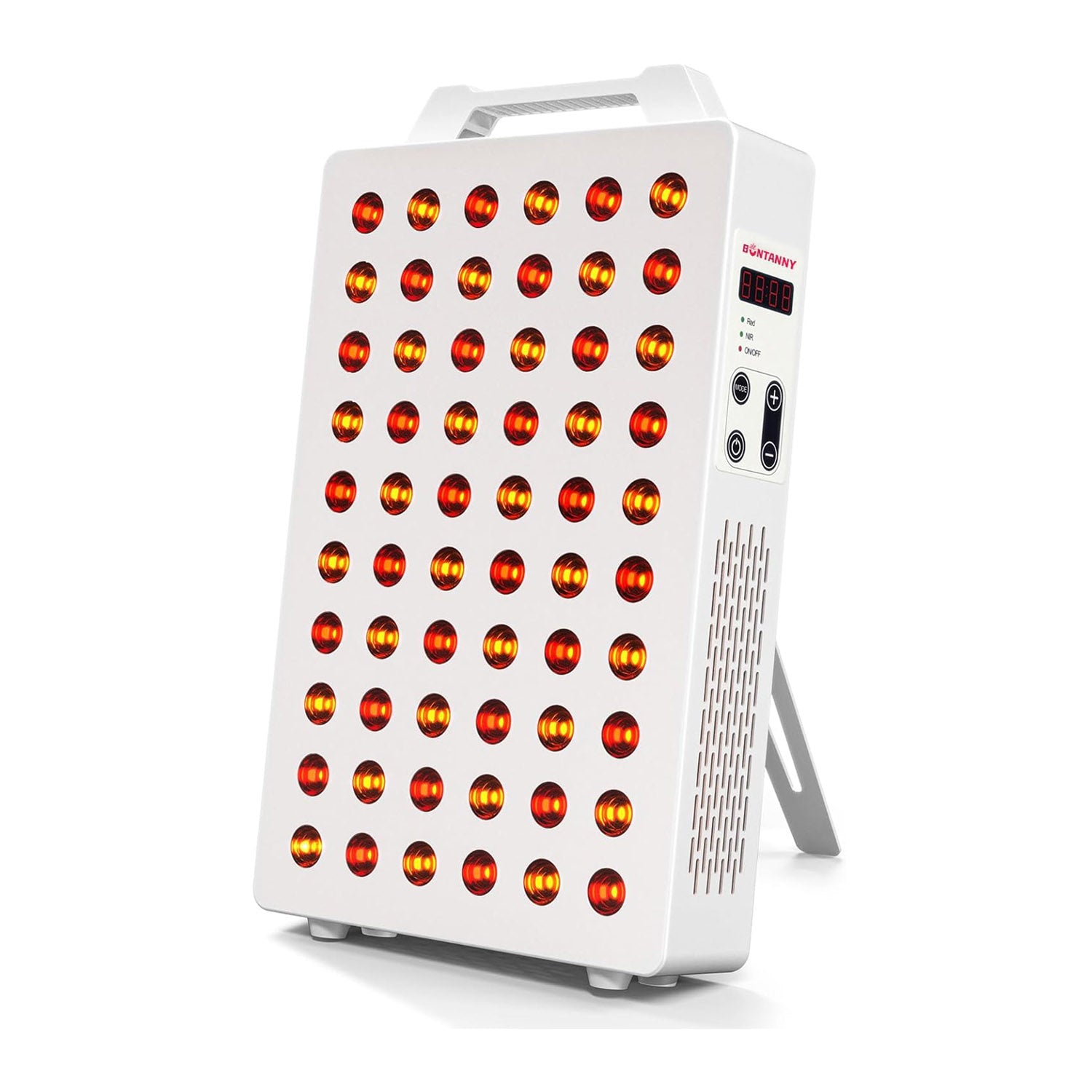
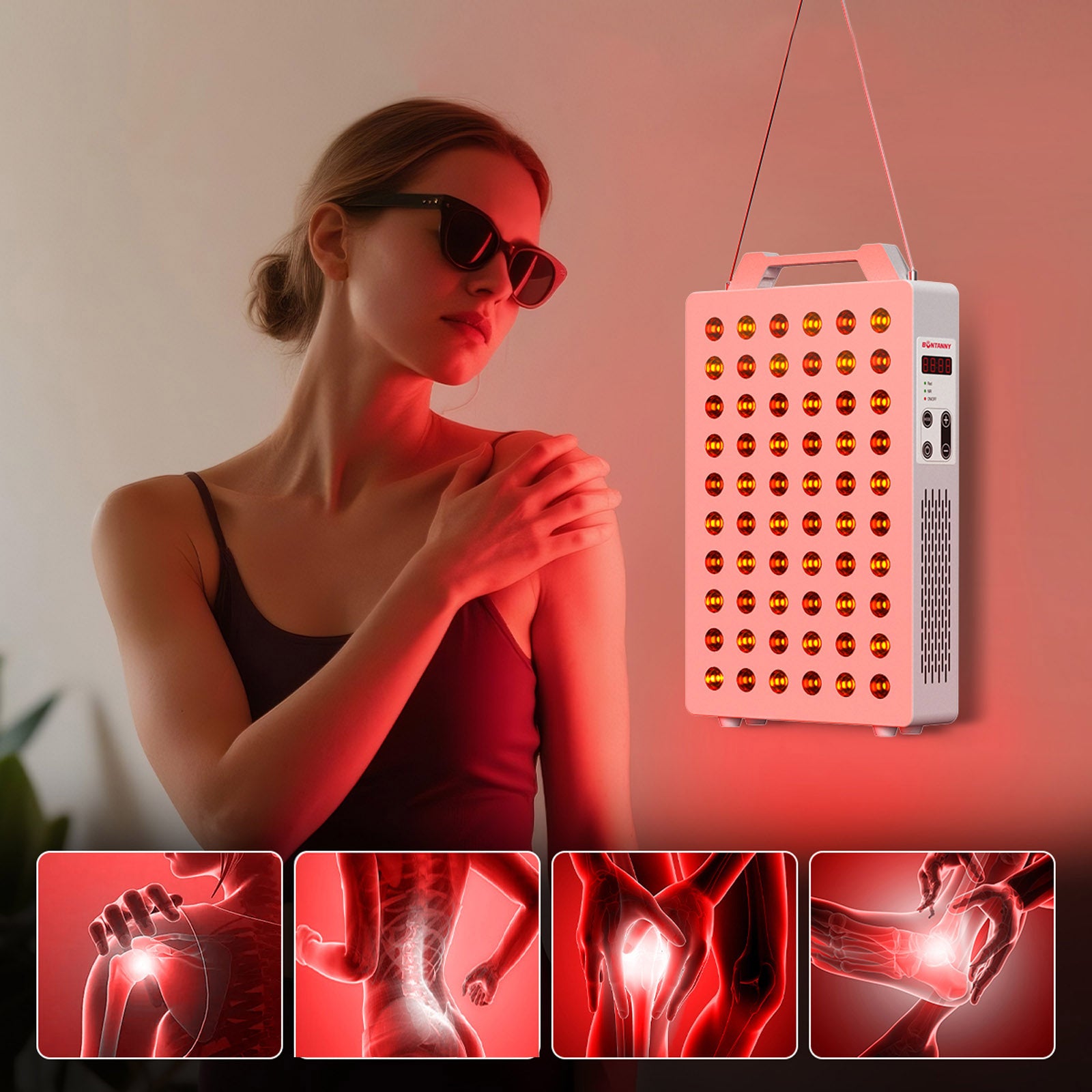
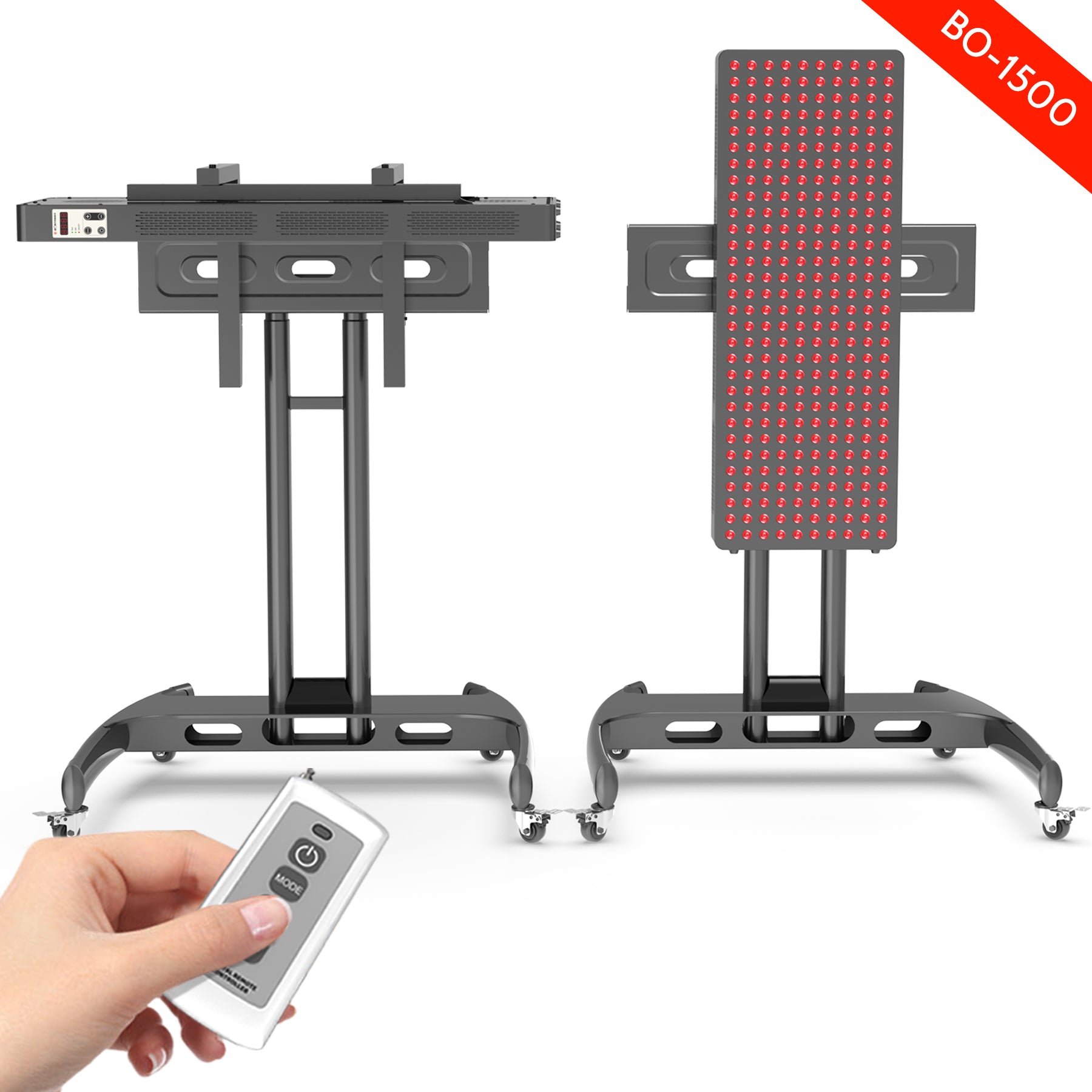
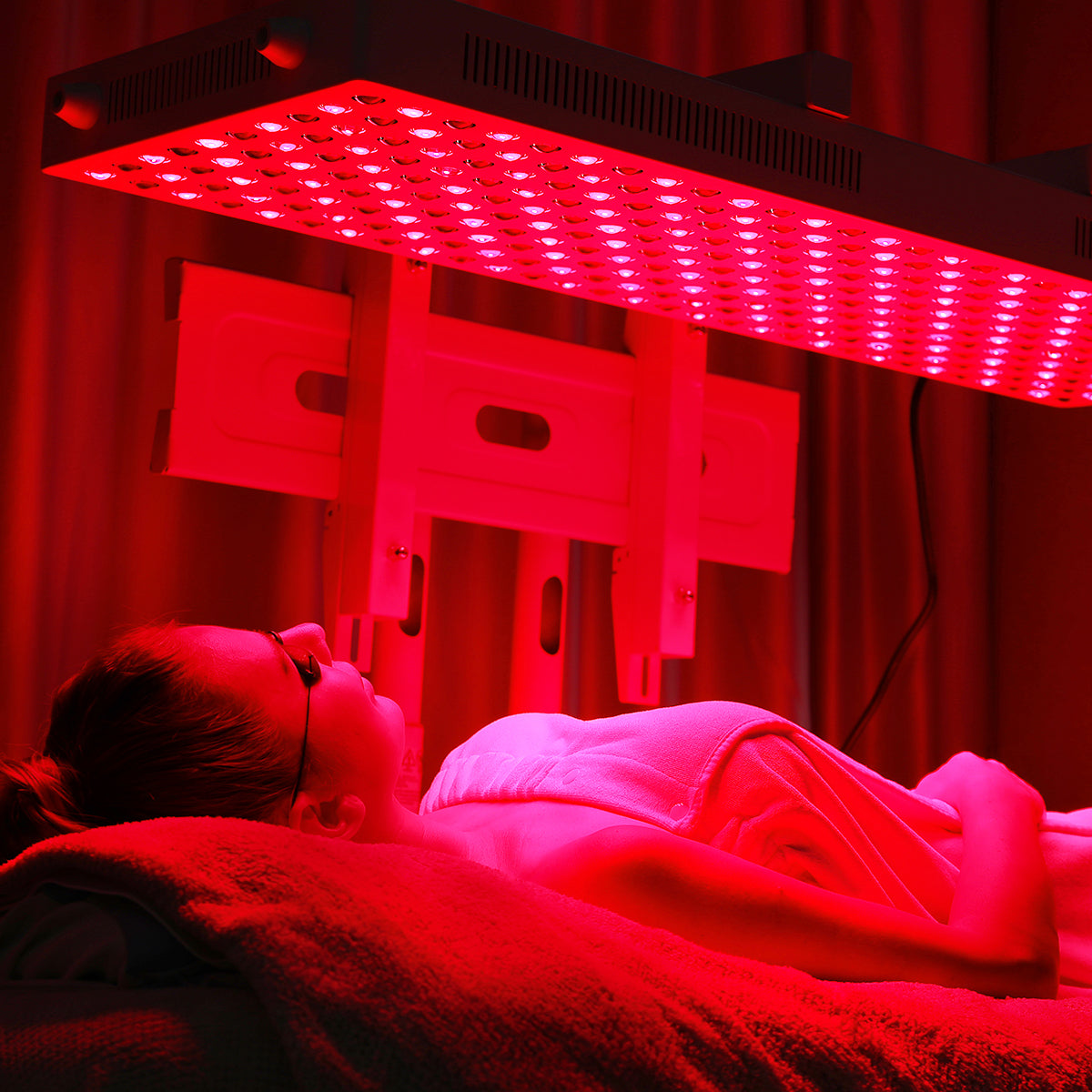
Leave a comment
This site is protected by hCaptcha and the hCaptcha Privacy Policy and Terms of Service apply.